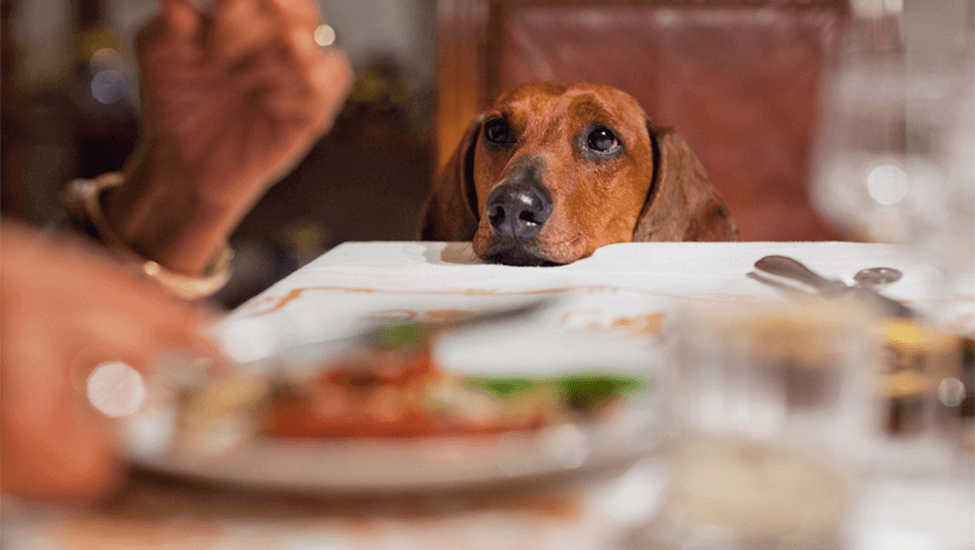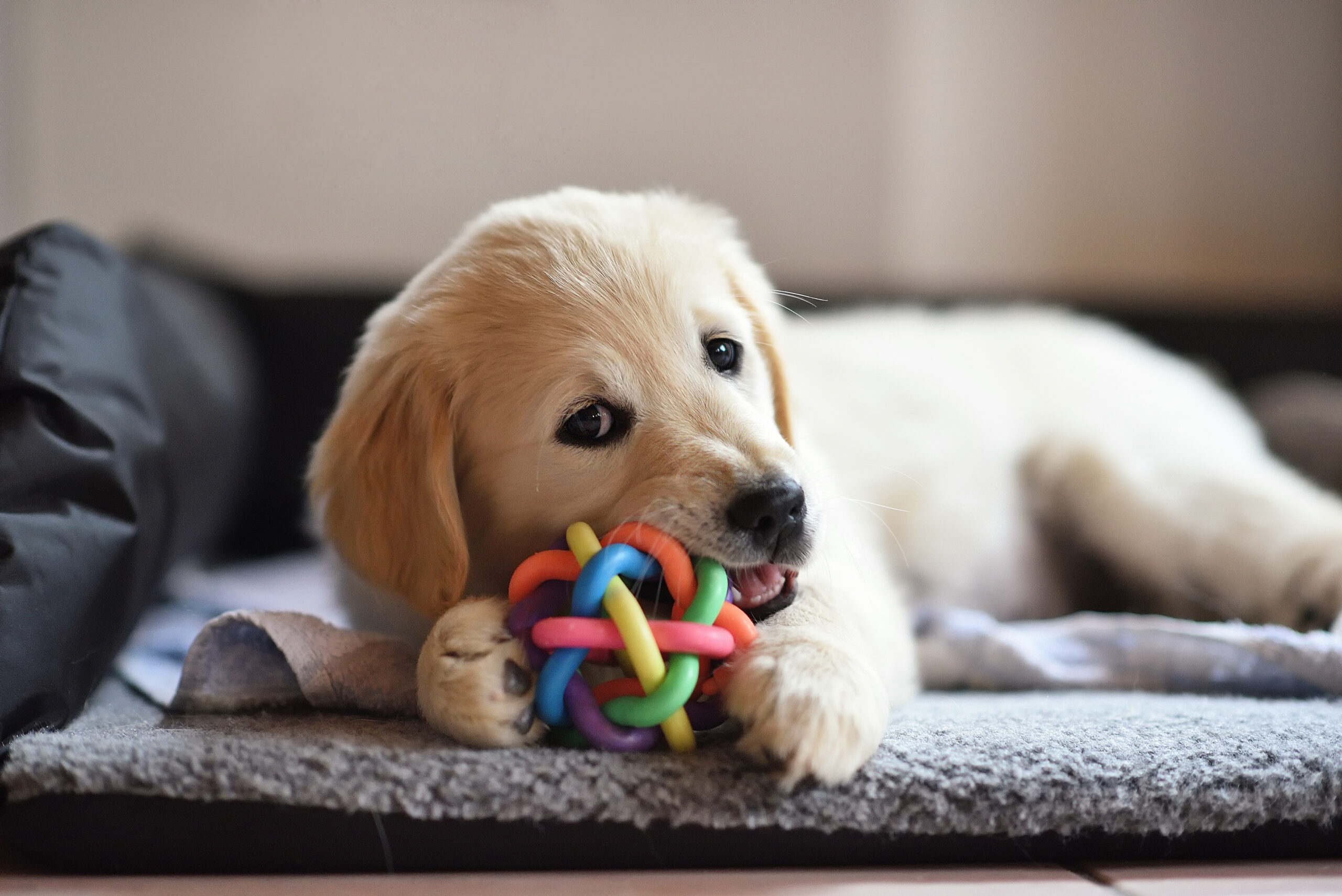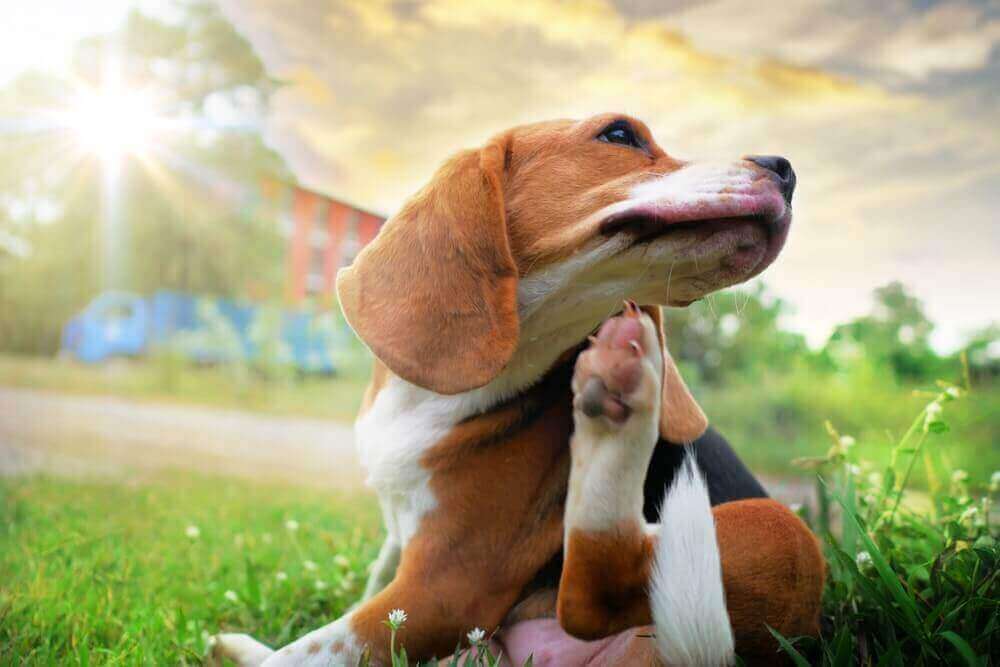Hey Ollie blog readers! We’re offering you an exclusive 60% OFF your starter box! Try now!
Feeding times for humans are pretty straightforward—three meals a day (plus a million snacks, obviously). But at least we have the designated breakfast, lunch, and dinner to steer us. With dogs, mealtime is much less clear: Should you feed them two times a day? What if you have a grazer? What if they seem constantly hungry?! Plus, their feedback can be confusing—staring you down for food right after you feed them, taking a bite then wandering away only to rush back and gobble down everything a half hour later. So we talked to a few pup experts who answered our most confounding feeding questions:
How many times a day should you feed your dog?
Puppies eat at least three times a day, says Dean Miller, trainer, behavior expert and author of A Dog’s Way. But most adult dogs need two meals daily: once in the morning and once at night. “If you feed them once a day, they can get low blood sugar and headaches,” Miller explains. Having said that, Miller says dogs are individuals (just like us). While most should be fed twice a day, double-check with your vet before setting this rule.
Should the feeding times be on a schedule?
You don’t have to be precise down to the minute, but dogs thrive on a routine, Miller says. They don’t like change, and a schedule helps regulate their bathroom and dietary habits, he explains. If you’re feeding and walking them at certain times, then their bodies will also get used to going to the bathroom on that same schedule (which can also cut down on accidents.)
Do dogs have internal feeding clocks?
Because it certainly seems like they do sometimes! “Dogs have a different mechanism than humans, and their circadian rhythm is predicated more by light and season,” says Babette Gladstein, a New York-based veterinarian. “They get up earlier when there is more light and tend to be very sensitive to seasonal variation.” And even though their internal clock may let them know that it’s dinner time, don’t freak out if you’re even an hour or two late every once in a while.
Should you feed your dog before or after physical activity?
The answer really depends on the dog. “Dogs have different bathroom habits and routines,” Miller says. Just as some people like to eat before they exercise and some like to eat after, the same is true for dogs. “There isn’t a hard and steady rule,” Miller says. But if you’ve noticed that your dog is vomiting because he ate before a run, try feeding him before it. If he’s vomiting before his walk because he’s so hungry, you can feed him as soon as he wakes.
Should you let your dog graze?
You’re creating a grazing opportunity if you leave food out all day (so, no). “The ideal situation is that you leave the food bowl out for a reasonable amount of time like 20 to 30 minutes, and then take it away,” Miller says. “Otherwise, you create a grazer or a finicky eater.” Plus, Gladstein adds, grazing is actually unhealthy for dogs. Their digestive system is meant to rest, and if it’s always active, they won’t properly digest their food. Worried that your dog will starve? Dogs are quick learners and can go days without eating—a healthy dog can go up to three or even five days without food as long as he’s drinking water.
Should you feed your dog less if you’re also giving them treats?
Treats are a great way to reinforce positive behavior, but it’s important to make sure you’re not giving lots of treats around mealtime so your pup has an appetite for his food (it would be similar to giving your kids dessert before dinner). And follow the ten percent rule: treats should make up no more than ten percent of your dog’s daily calories.
The Ollie blog is devoted to helping pet parents lead healthier lives with their pups. If you want to learn more about our fresh, human-grade food, check out MyOllie.com.
Tagged As:

The nutrition your dog needs,
the food they want.

Enjoying our articles? Subscribe our Newsletters and get new articles directly to your inbox
You might also like
13 May 2025
8 MINS READ
Puppy Training Guide & Behavior Timeline
Bringing home a puppy is pure magic. It’s also pure chaos—tiny teeth, zoomies, accidents in the house, and moments that make you wonder if you’re raising a future genius or a tiny tornado. …
by Ollie Pets
10 May 2025
12 MINS READ
New Puppy Checklist: Guide To Prepare For A New Dog
Bringing home a new puppy? This checklist covers everything new dog owners need—from essential supplies to training, feeding, and first vet visits.
by Ollie Pets
3 April 2025
9 MINS READ
Home Remedies for Fleas on Dogs: 10 Natural Ways That Actually Work
Wondering what kills fleas on dogs instantly and naturally? If your pup is scratching like crazy, it may be time to take action. In this guide, we’ll show you the most effective home remedies for…







